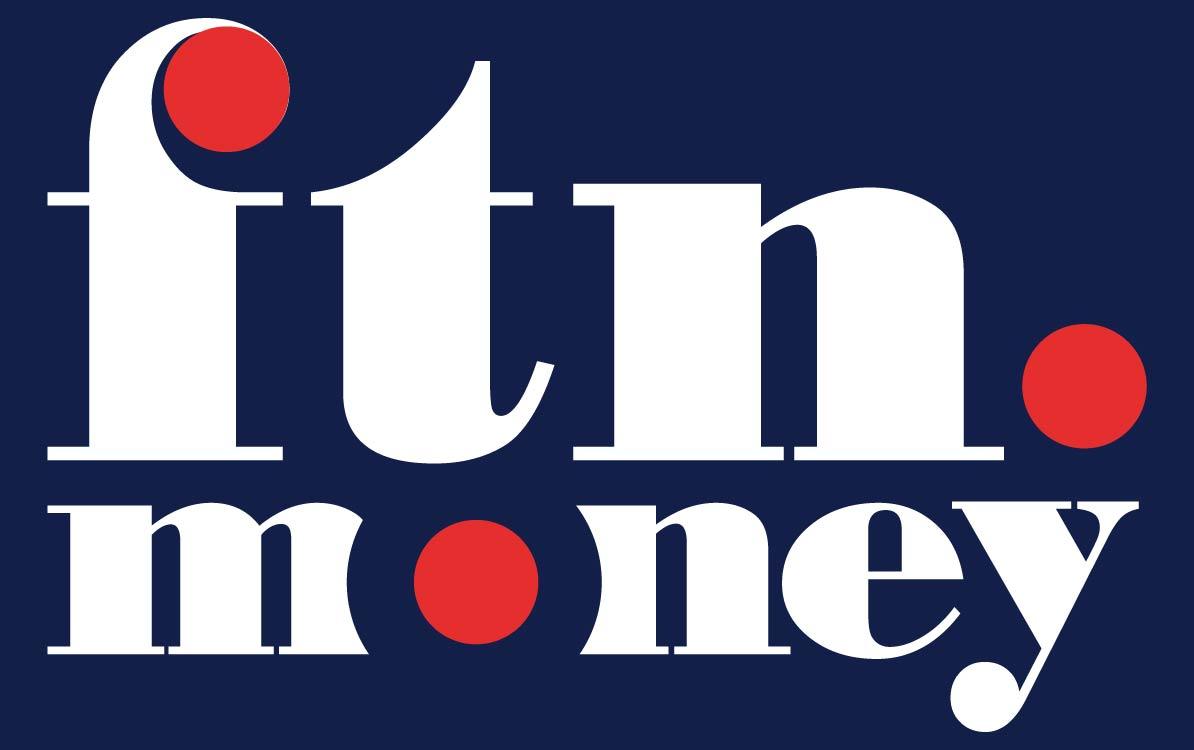The Impact of Digital Currencies on Traditional Money Transfers
The Evolution of Money Transfers – From Cash to Crypto
Early Payment Systems: Barter, Hawala, and Banking Innovations
The history of money transfers is a fascinating journey through human ingenuity and economic necessity. In the early days, barter systems allowed communities to exchange goods and services directly. Informal networks like the Hawala system, originating in the Middle East, enabled money transfers through trusted intermediaries without the need for physical cash. These systems were efficient but often lacked formal regulation and scalability.
The rise of banks introduced formalised money transfer mechanisms. Innovations like the SWIFT network revolutionised international payments, allowing banks to securely and reliably transfer funds across borders. Wire transfers became the backbone of global commerce, but they came with their own set of challenges, including high costs and lengthy processing times.
The Digital Revolution: The Rise of Online Transfers & Fintech
The advent of the internet brought about a new era in money transfers. Companies like PayPal disrupted the traditional banking model by offering faster and more accessible online payment solutions. Fintech firms like Wise and Revolut further streamlined the process, leveraging technology to reduce costs and improve user experience.
Mobile wallets, such as Apple Pay, Google Pay, and M-Pesa, have also played a significant role in the digital revolution. These platforms have made it easier for consumers to make payments and transfers using their smartphones, increasing accessibility and convenience.
Enter Cryptocurrencies: A Decentralised Alternative to Banks?
The introduction of Bitcoin in 2009 marked a pivotal moment in the evolution of money transfers. Blockchain technology, which powers cryptocurrencies, offers a decentralised and transparent alternative to traditional banking systems. Bitcoin’s peer-to-peer network allows for direct transactions without the need for intermediaries, reducing costs and increasing speed.
Stablecoins, such as USDT and USDC, have further enhanced the stability of cryptocurrency transactions. By pegging their value to traditional currencies, stablecoins mitigate the volatility associated with cryptocurrencies like Bitcoin and Ethereum, making them more suitable for cross-border payments.
Central Bank Digital Currencies (CBDCs) are also gaining traction. These digital currencies, issued and regulated by central banks, aim to combine the benefits of blockchain technology with the stability and trust associated with traditional fiat currencies. CBDCs have the potential to revolutionise global finance by providing a secure and efficient means of transferring funds.
How Digital Currencies Are Changing Cross-Border Money Transfers
Speed & Cost Efficiency
One of the most significant advantages of digital currencies is their speed and cost efficiency. Traditional SWIFT bank transfers can take anywhere from 1 to 5 days to complete, whereas cryptocurrency transactions can be processed in minutes. This speed is particularly beneficial for time-sensitive transactions and micropayments.
Cryptocurrencies also offer lower fees compared to traditional banks and remittance services. While banks may charge up to 10% in fees for international transfers, cryptocurrencies can significantly reduce these costs. For example, Bitcoin’s Lightning Network enables micropayments with near-zero fees, making it an attractive option for small-scale transactions.
Security & Transparency
Blockchain technology ensures tamper-proof and transparent transactions. Each transaction is recorded on a decentralised ledger, making it virtually impossible to alter or forge. This level of transparency reduces the risk of fraud and increases trust in the system.
Smart contracts, which are self-executing contracts with the terms directly written into code, further enhance security. By automating the execution of transactions based on predefined conditions, smart contracts eliminate the need for intermediaries and reduce the risk of human error and fraud.
Global Reach & Financial Inclusion
Digital currencies have the potential to bring financial services to the unbanked populations. Crypto wallets require only an internet connection, making them accessible to people who do not have access to traditional banking services. This accessibility can empower individuals in developing countries to participate in the global economy.
Peer-to-peer (P2P) transfers, facilitated by digital currencies, eliminate the need for intermediaries. This direct approach reduces costs and increases the speed of transactions, making it easier for individuals to send and receive money across borders.
Comparison Table: Traditional Transfers vs. Crypto-Powered Payments
| Feature | Traditional Banks | Cryptocurrencies | Stablecoins |
| Transaction Speed | 1-5 days | Minutes | Near-instant |
| Fees | High (up to 10%) | Low | Very low |
| Regulation | Highly regulated | Decentralised | Somewhat regulated |
| Access | Requires bank account | Only internet needed | Internet needed |
Challenges & Risks of Digital Currencies in Money Transfers
Regulatory Uncertainty
The regulatory landscape for digital currencies is still evolving. Governments and financial regulators, such as the FCA, SEC, and MAS, are grappling with how to balance innovation with consumer protection and financial stability. Crackdowns on crypto exchanges and compliance challenges highlight the need for clear and consistent regulations.
Volatility Concerns
Cryptocurrencies like Bitcoin and Ethereum are known for their volatility. Fluctuations in value can pose risks for users, especially those relying on these assets for cross-border payments. Stablecoins have emerged as a solution to this issue, offering more stable value. However, the regulatory status of stablecoins is still uncertain in many jurisdictions.
Security & Fraud Risks
While blockchain technology is inherently secure, digital currency transfers are not immune to risks. Hacks and scams have plagued the crypto space, leading to significant financial losses. The importance of self-custody and hardware wallets cannot be overstated. Users must take responsibility for securing their digital assets to mitigate these risks.
The Future of Money Transfers – Traditional Banks vs. Crypto Solutions
Banks Adopting Blockchain
Major banks like JP Morgan, HSBC, and Citi are increasingly integrating blockchain technology into their operations. CBDCs and blockchain-powered payment solutions offer banks the opportunity to improve efficiency, reduce costs, and enhance security. The rise of Ripple (XRP) for cross-border transactions demonstrates the potential for blockchain to transform traditional banking.
Will Crypto Replace Traditional Money Transfers?
The future of money transfers is likely to be a hybrid landscape where traditional banking and digital currencies coexist. While cryptocurrencies offer significant advantages, traditional banks have the trust and regulatory framework that many consumers and businesses rely on. Expert opinions suggest that digital currencies will complement rather than replace traditional banking systems.
Decentralised Finance (DeFi) is also emerging as a powerful force in global payments. DeFi platforms offer a range of financial services, including lending, borrowing, and trading, all powered by blockchain technology. As DeFi matures, it has the potential to further disrupt traditional financial systems.
Final Checklist – How to Choose the Right Money Transfer Method
When choosing a money transfer method, consider the following factors:
- Compare cost, speed, and security: Evaluate the fees, processing times, and security features of different transfer methods.
- Check regulatory compliance: Ensure that the service provider complies with relevant regulations in your country.
- Evaluate accessibility: Assess whether the service is available and accessible in your country.
- Assess your preference: Determine whether you prefer traditional or decentralised finance based on your needs and risk tolerance.
References & Citations
- World Bank Report on Global Remittances
- BIS Whitepaper on CBDCs
- IMF Study on Cryptocurrency Adoption
- Hyperlinked sources for expert quotes
By understanding the impact of digital currencies on traditional money transfers, consumers, financial professionals, and policymakers can make informed decisions about the future of global payments





